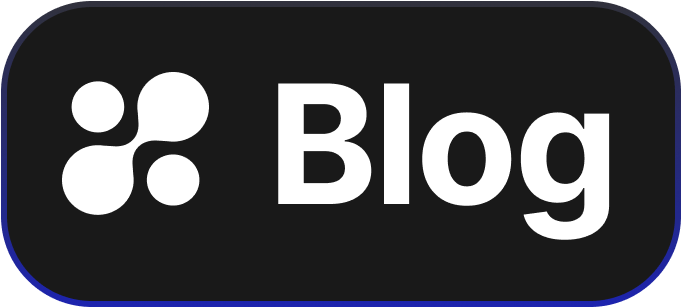Protecting Data with GDPR and Multi-Factor Authentication
Data protection is a top concern for technology managers who must navigate regulations like GDPR (General Data Protection Regulation). Understanding how GDPR and Multi-Factor Authentication (MFA) work together is crucial in safeguarding user data and staying compliant. This blog post demystifies these regulations and technologies, showing how implementing MFA can help meet GDPR standards effectively.
What is GDPR?
GDPR is a law in the European Union (EU) that regulates how companies use and protect personal data of EU citizens. Its goal is to give people more control over their personal information. Failure to comply with GDPR can result in heavy fines, affecting business operations and reputation.
Why is Multi-Factor Authentication Important for GDPR?
MFA adds extra layers of security when users access their accounts. Instead of just a password, users need to provide additional verification, like a code sent to their phone. This makes it harder for unauthorized users to access sensitive data, which is a critical requirement under GDPR for protecting user information.
How Does MFA Enhance GDPR Compliance?
- Strengthened Security: MFA reduces the risk of data breaches by requiring more than just a password to access systems. This aligns with GDPR's goal of ensuring data protection by design and by default.
- Data Protection: MFA helps control access to personal data effectively, reducing risks if passwords are stolen or guessed. This ensures that only authorized people can access sensitive information.
- Audit and Accountability: Implementing MFA helps track access logs and user activities, which is essential for GDPR compliance. Technology managers can easily audit who accessed what data and when.
Implementing MFA for GDPR Compliance
To align MFA with GDPR requirements, technology managers can follow these steps:
- Assess Security Needs: Evaluate which systems require the most protection and prioritize MFA implementation there.
- Choose the Right MFA Solutions: Select customizable MFA solutions that fit the organization's needs. Look for those offering a balance between security and usability.
- Educate and Train Users: Ensure employees understand how to use MFA. Training programs can help them become an active part of the security process.
Conclusion
Integrating MFA is not just a security measure; it is a way to demonstrate commitment to GDPR compliance. By enhancing data protection and ensuring accountability, technology managers can safeguard their organizations against breaches and fines.
To see how MFA can work seamlessly with GDPR compliance in your systems, try Hoop.dev today. Experience the ease of setting it up and witness the impact on your data security firsthand.
